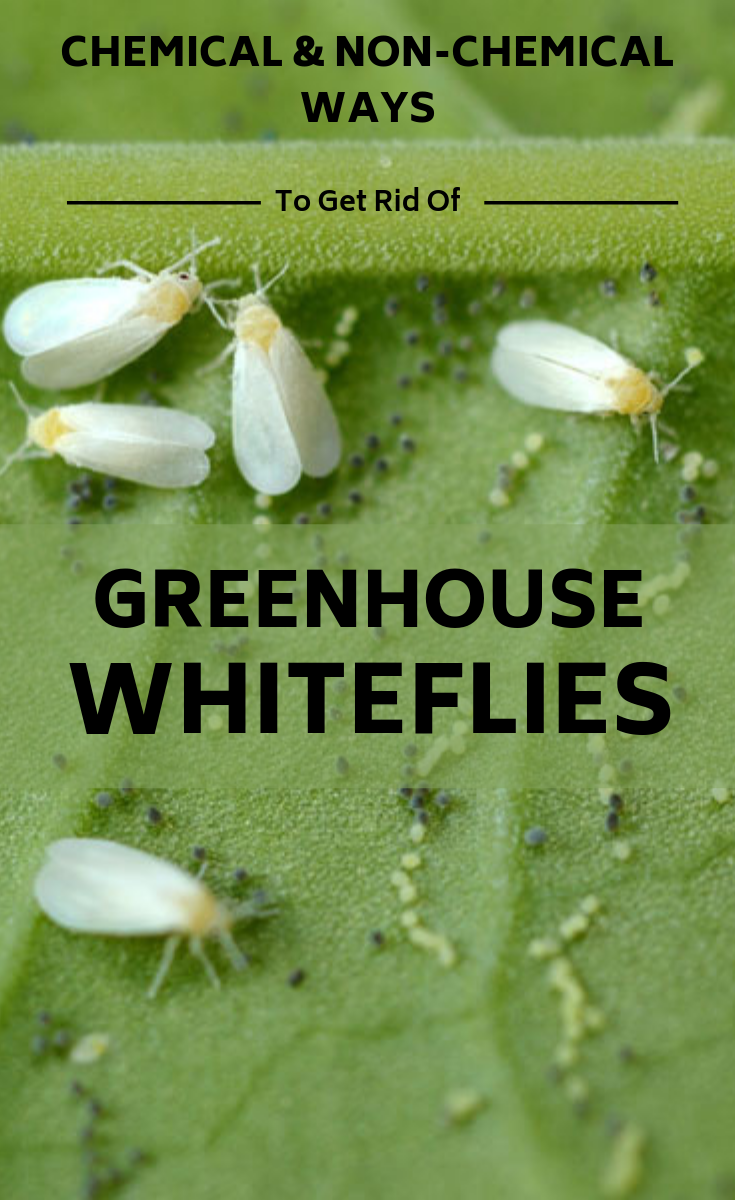White greenhouse fly is a polyphagous insect, that parasites many plant and animal species. It attacks many vegetable species, but also it will harm flowers. Both white fly adults and larvae will colonize leaves and shells.
These nasty insects will suck the sap and the leaves will turn yellow, dry and fall.
How can you tell that a plant is infested?
It’s easy to find an infested plant. You will see on the back of the leaves small light-yellow larvae in colonies. The white fly larvae are moving from place to place when they appear, but only on the back of the leaves. They love forming their colonies on the back of young leaves. Of course, you may also find them on the back of old leaves, but they are more attracted by the young ones, where they will fix and develop to adults.

Adults have a length of 1.30 mm, with white wings, white-yellow body, covered with a white waxy-secretion.
White greenhouse fly is very prolific, recording up to 12 generations per year. When temperatures fall below zero degrees, the white flies will die, but if you move the plants in the greenhouse or indoors, the insects will continue to multiply.
The attacked plants will be covered by insect manure, which favors the growth of fungi.
How to get rid of whiteflies?

- It’s kind of hard to combat it, because you must use repeated chemical insecticides.
- You can also combat it biologically controlled by the Verticillium fungus.
- The treatments should be done by sprinkling the solution over the plant and are effective at an atmospheric humidity higher than 80%; they may be repeated, if necessary, every 2 to 4 weeks.
- There is also a better method to combat white flies with water and liquid soap. The effect depends on the dosage you use.
- Of course, if you use a higher dose you will increase the efficiency of the treatment.
At the same time, it’s very important to ensure that the dose won’t cause damage to other plants, along with the extermination of whiteflies.
How to prepare?
Dilute 40 ml of liquid soap in 4 liters of water. Add a quarter liter of alcohol, and then spray immediately over the plant. Rinse the plants before letting the water dry.
Image Credits: Planetnatural












0 Comments